10+ India's Most Incredible & Famous Religious and Cultural Festivals & Fairs

India, a country as diverse as it is colorful, is renowned for its incredible festivals and fairs. These celebrations are like vibrant chapters in a storybook, each offering a unique experience filled with joy, togetherness, and cultural richness.
List of 10+ India's Most Incredible and Famous Religious and Cultural Festivals and Fairs
1. Diwali (Festival of Lights):
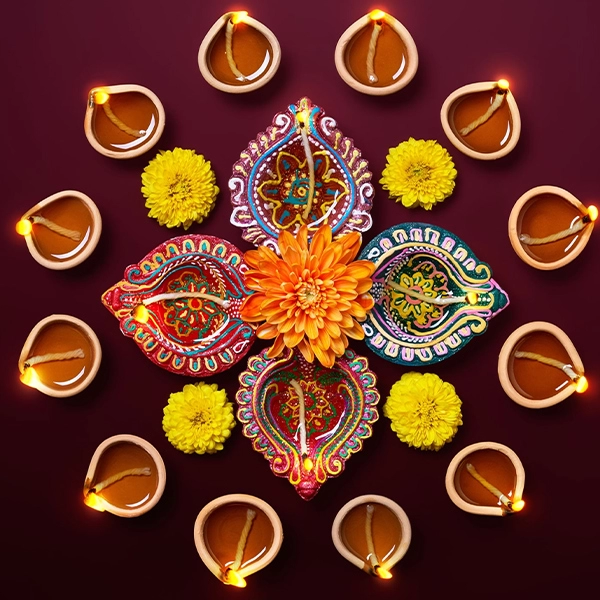
Diwali is India's grandest festival, just like Christmas is in some countries. We light up our homes with beautiful lamps, candles, and colorful decorations. It's a time for families to come together, exchange gifts, and share delicious sweets and snacks. The night sky is filled with dazzling fireworks, making it a truly magical experience.
Diwali usually falls in October or November, depending on the lunar calendar. It's celebrated across India, with grand festivities in cities like Delhi, Mumbai, and Jaipur.
2. Holi (Festival of Colors):
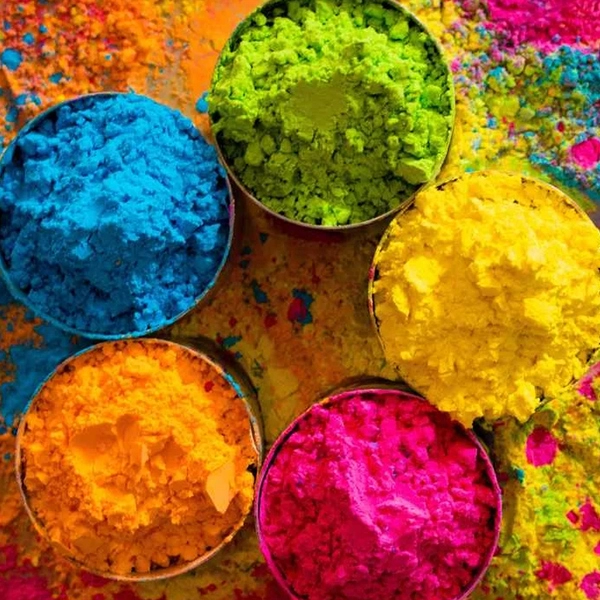
Holi is like a giant water and paint fight! People of all ages gather in the streets and throw colorful powders and water balloons at each other. It's a day of laughter, music, and dancing. Holi marks the arrival of spring and is a time to forget differences and have fun with everyone.
Holi takes place in March, heralding the arrival of spring. It's celebrated all over India, but cities like Mathura, Vrindavan, and Varanasi are famous for their extravagant Holi celebrations.
3. Eid al-Fitr:

Eid al-Fitr is like the Muslim Thanksgiving. After a month of fasting during Ramadan, Muslims come together for special prayers at the mosque. Then, it's a feast time with family and friends, with lots of mouth watering dishes. It's also a time for giving to those less fortunate.
Eid al-Fitr is celebrated at the end of Ramadan, the Islamic holy month of fasting. It's observed throughout India, with significant gatherings in cities like Mumbai, Hyderabad, and Lucknow.
4. Navratri:
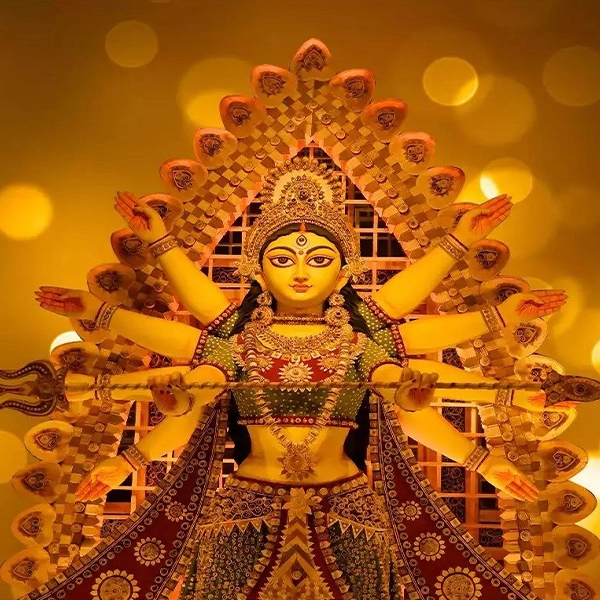
Navratri is a nine-night dance festival, a bit like a big dance-off. People dress in their finest traditional outfits and dance to lively music. Each night is dedicated to a different form of the goddess Durga. At the end of Navratri, we celebrate Dussehra with processions and the burning of giant effigies.
Navratri occurs in September or October and lasts for nine nights. It's celebrated with fervor in Gujarat, especially in cities like Ahmedabad and Vadodara, but it's also observed in various forms across the country.
5. Ganesh Chaturthi:
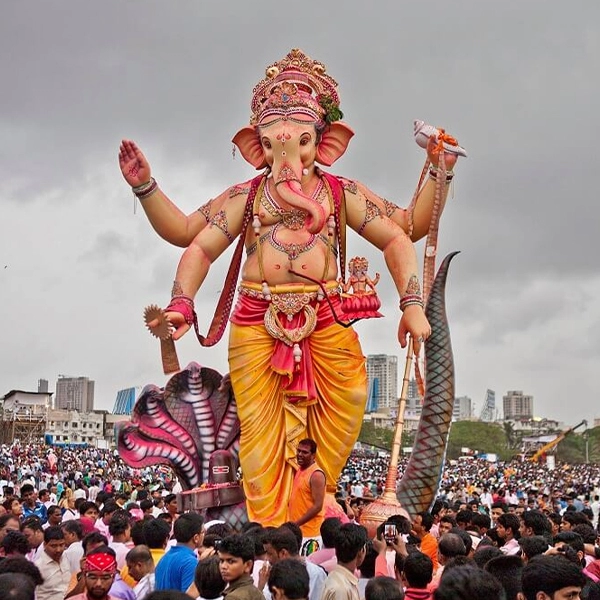
During Ganesh Chaturthi, we invite Lord Ganesha, who is known as the remover of obstacles, into our homes and hearts. There are parades with colorful idols of Ganesha, and people sing and dance in celebration. The festival ends with a procession to a nearby body of water to immerse the idol.
Ganesh Chaturthi typically occurs in August or September. It's most prominent in Mumbai, where the entire city comes alive with processions and celebrations.
6. Eid al-Adha (Bakra Eid):

Eid al-Adha is like a big family barbecue. It's a time when Muslims remember the willingness of Ibrahim (Abraham) to sacrifice his son. Families sacrifice animals, and the meat is shared with relatives and those in need. It's a time of gratitude and giving.
Eid al-Adha follows the Islamic lunar calendar and rotates throughout the year. It's celebrated across India, with major festivities in places with a significant Muslim population.
7. Kumbh Mela:
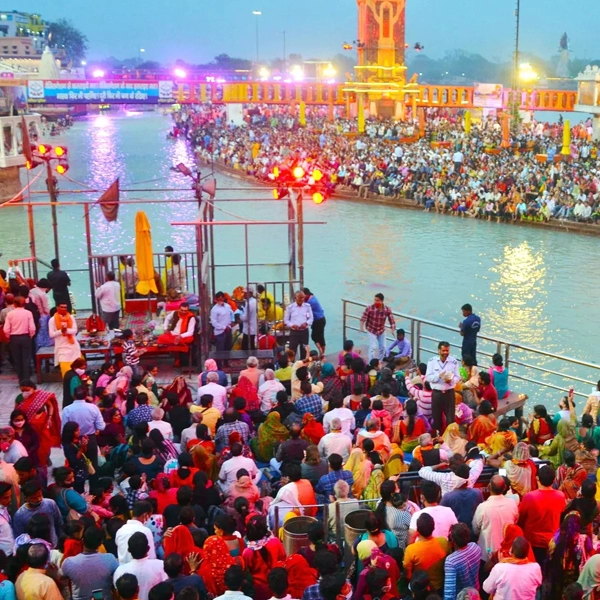
Kumbh Mela is like a huge spiritual gathering. People from all over India come to bathe in the holy rivers to cleanse their souls. It's a time for reflection, prayer, and connecting with the divine.
Kumbh Mela is held every 12 years, with Ardh Kumbh Mela taking place every six years. The main locations for Kumbh Mela are Prayagraj, Haridwar, Nashik, and Ujjain, depending on the year of the festival.
8. Onam:
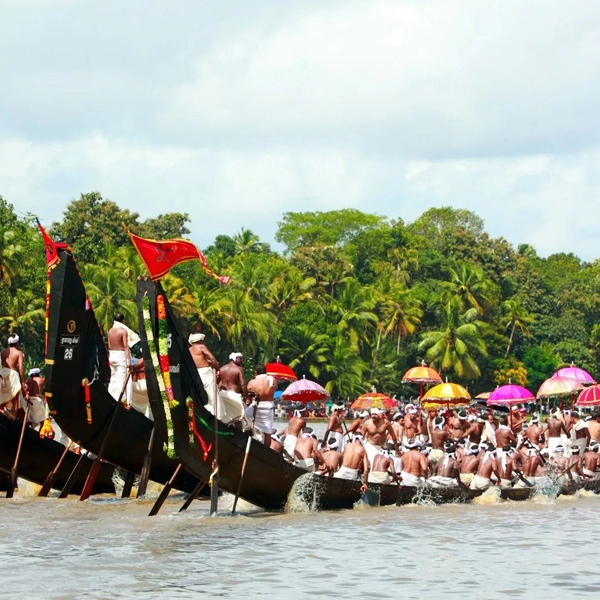
Onam is like Thanksgiving in Kerala. People create beautiful flower designs called pookalam and enjoy traditional dances like Kathakali. The highlight is a grand feast known as Onasadya, where lots of delicious dishes are served on a banana leaf.
Onam falls in August or September and is celebrated with great enthusiasm in the state of Kerala, particularly in cities like Kochi and Thiruvananthapuram.
9. Pongal:
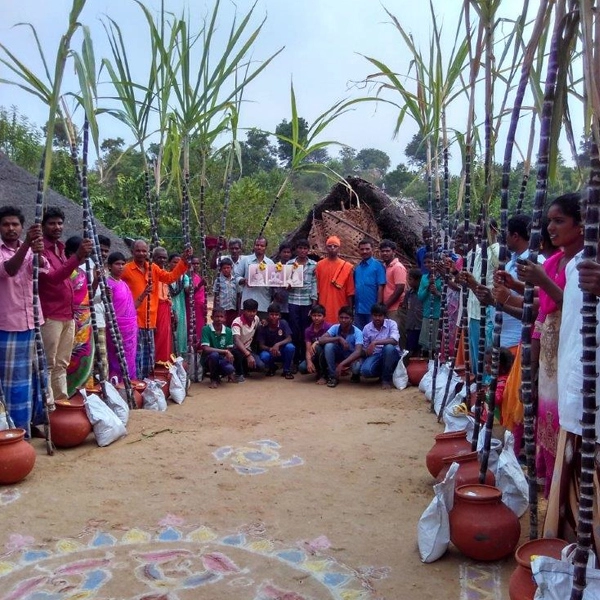
Pongal is a harvest festival celebrated with cooking! Families make a special dish called Pongal, which is a mix of rice and lentils cooked in clay pots. It's a way of thanking nature for a bountiful harvest.
Pongal is celebrated in January, coinciding with the harvest season. It's most popular in Tamil Nadu and other southern states like Andhra Pradesh.
10. Baisakhi:
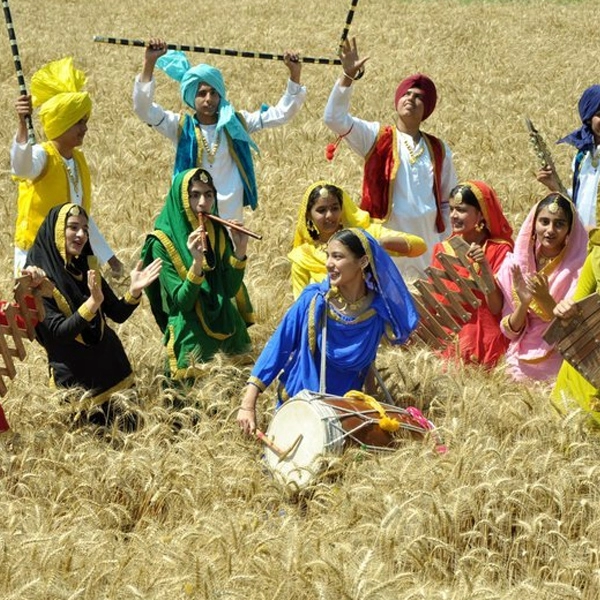
Baisakhi is like a big Punjabi party. People dress in colorful attire and join processions with music and dance. It's all about celebrating the harvest season and the joy of life.
Baisakhi is celebrated on April 13 or 14 and is widely observed in Punjab, particularly in cities like Amritsar and Ludhiana.
11. Rann Utsav:
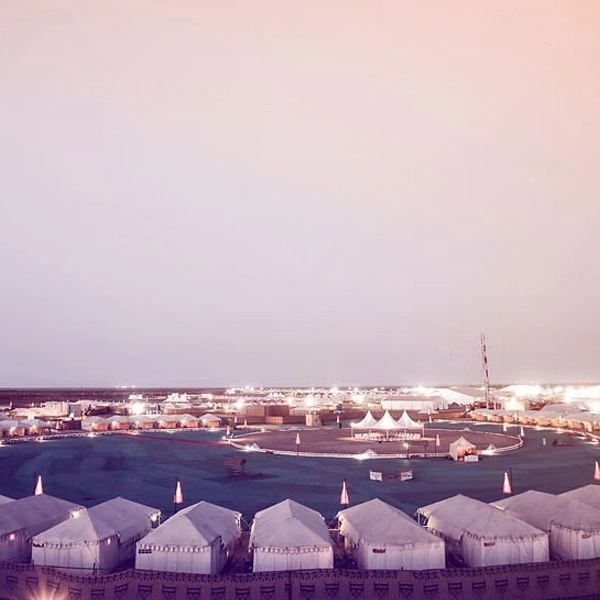
Imagine a fair in the middle of a vast white desert! Rann Utsav is a cultural extravaganza in Gujarat. There are folk dances, music performances, and lots of handmade crafts to explore. It's like stepping into a different world.
Rann Utsav typically takes place from October to March in the white desert of Kutch, Gujarat.
12. Durga Puja:
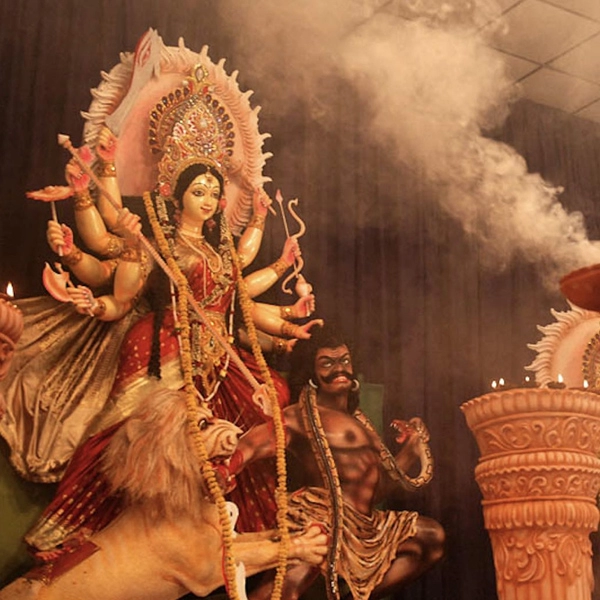
Durga Puja is West Bengal's most important festival. It's time to honor Goddess Durga. People create magnificent idols of the goddess and showcase them in beautifully decorated pandals (temporary structures). It's a blend of art, culture, and devotion.
Durga Puja occurs in September or October and is most exuberantly celebrated in Kolkata, West Bengal, with elaborate pandals and processions.
13. Pushkar Camel Fair:
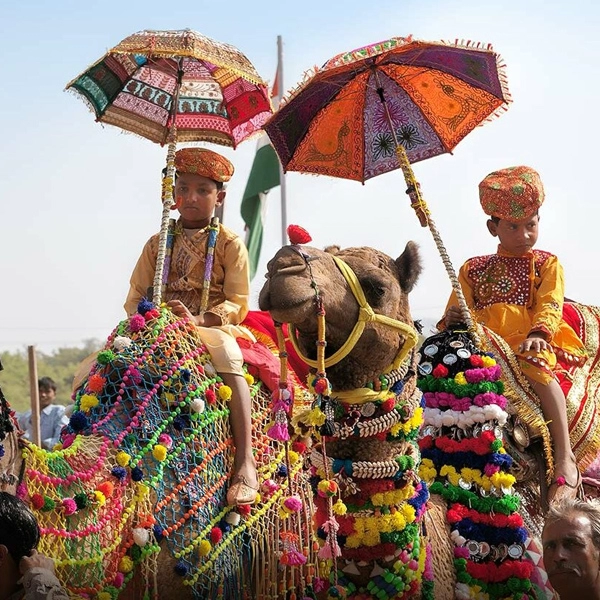
The Pushkar Camel Fair is like a desert carnival. Thousands of camels, horses, and livestock are brought for trading. People come for the fair's colorful festivities, including camel races, traditional music, and delicious street food.
The Pushkar Camel Fair happens in November in the town of Pushkar, Rajasthan
These festivals and fairs are like windows into India's rich culture and traditions. They bring people together, filling the air with joy, laughter, and a sense of unity. For more information you can contact us.

